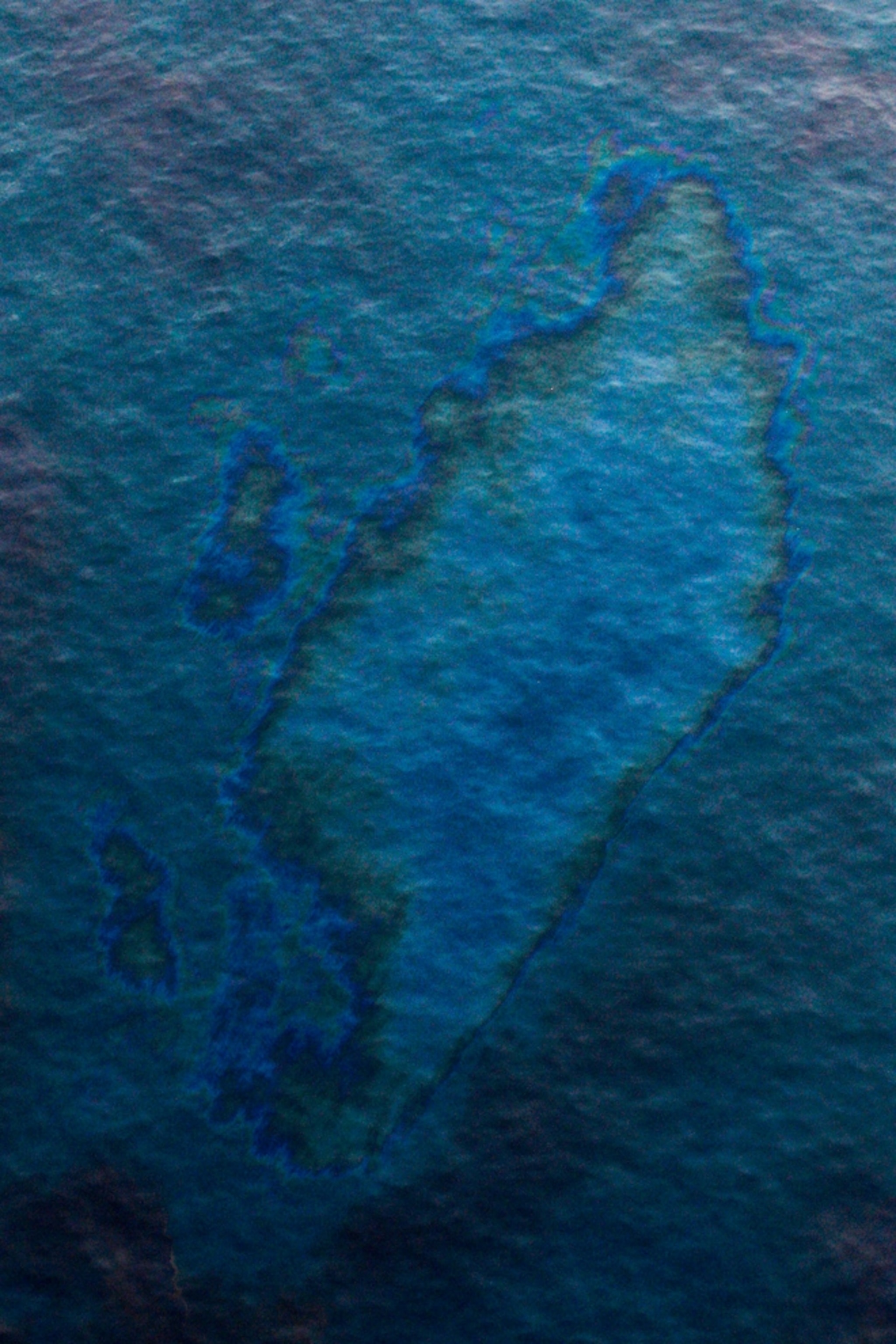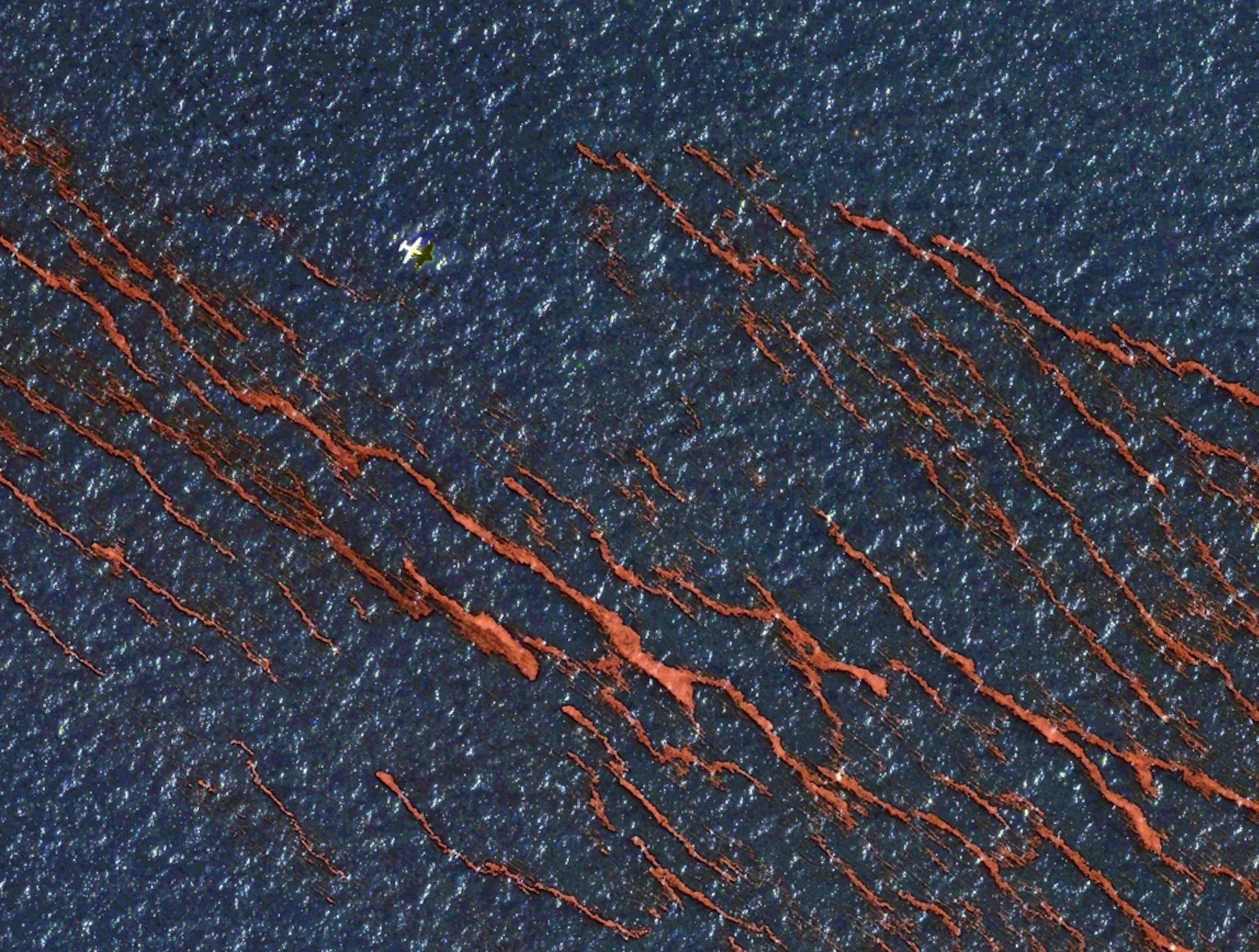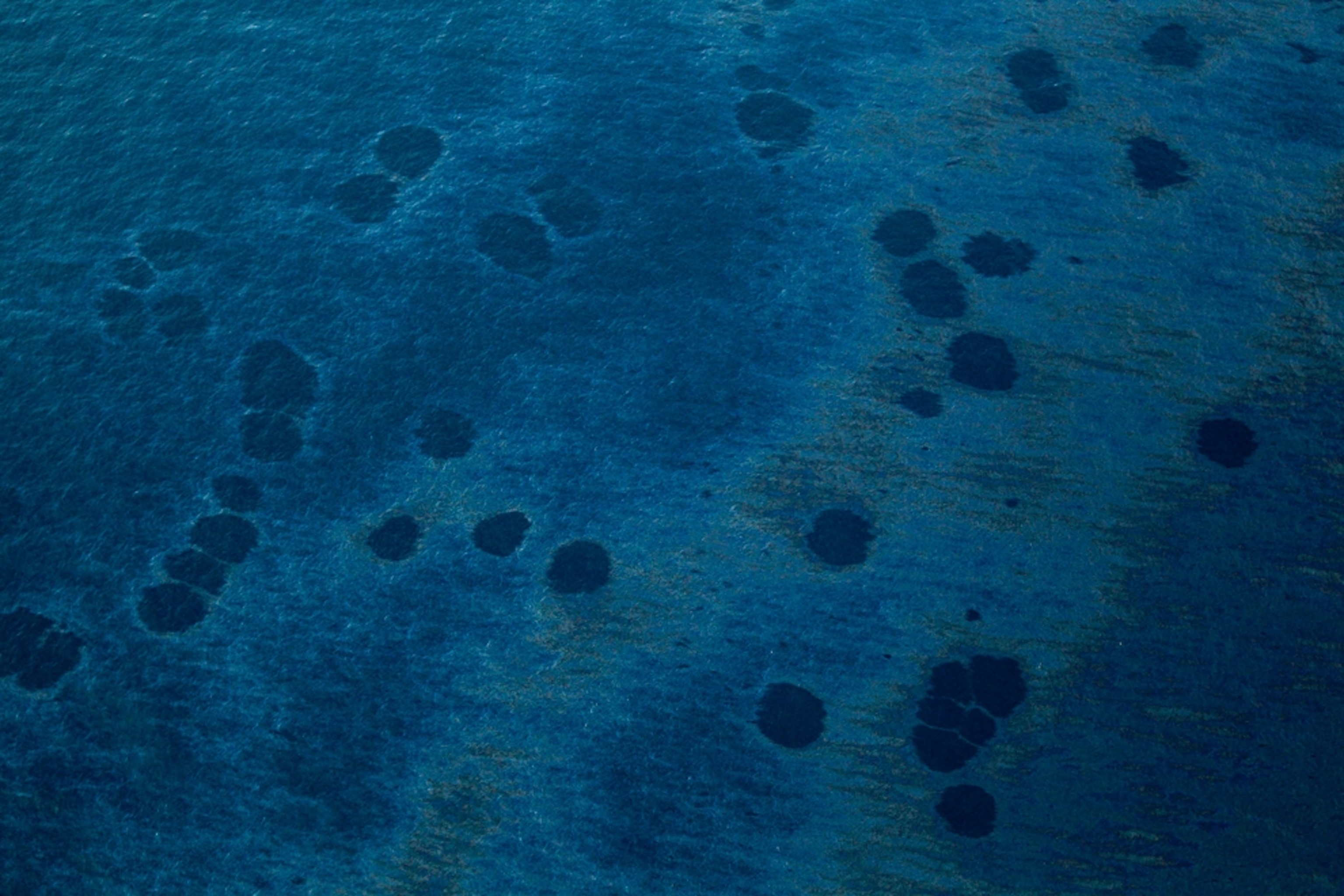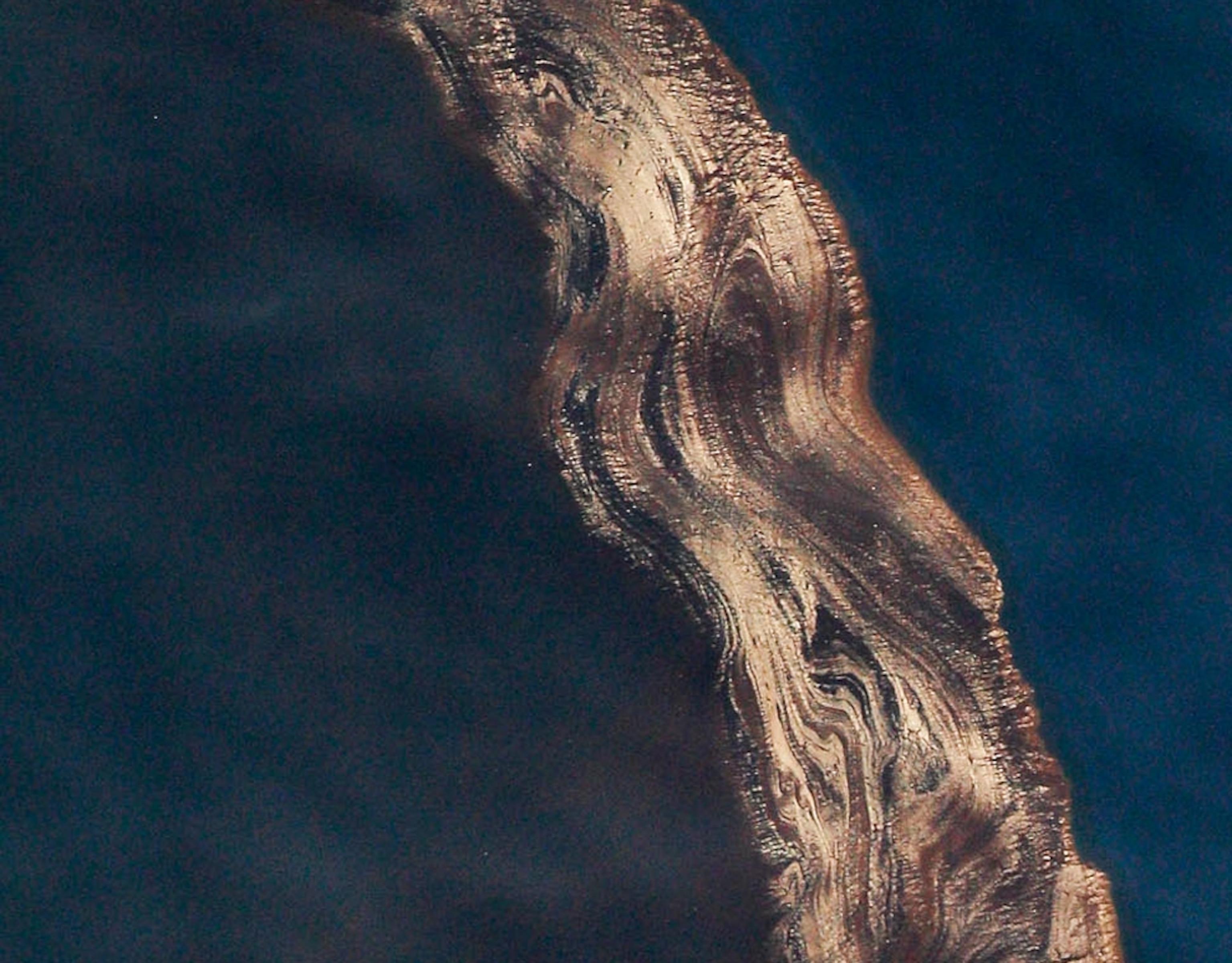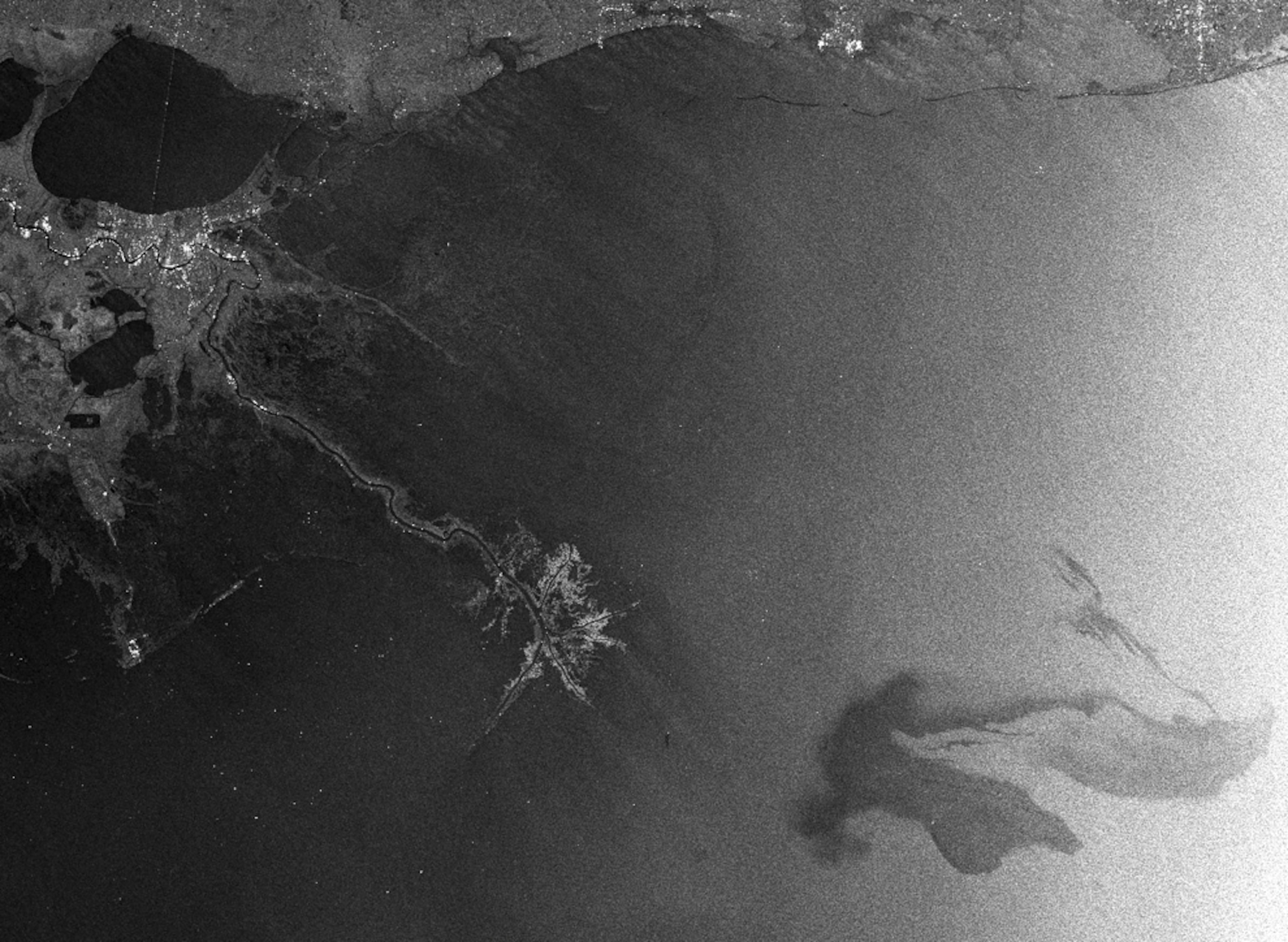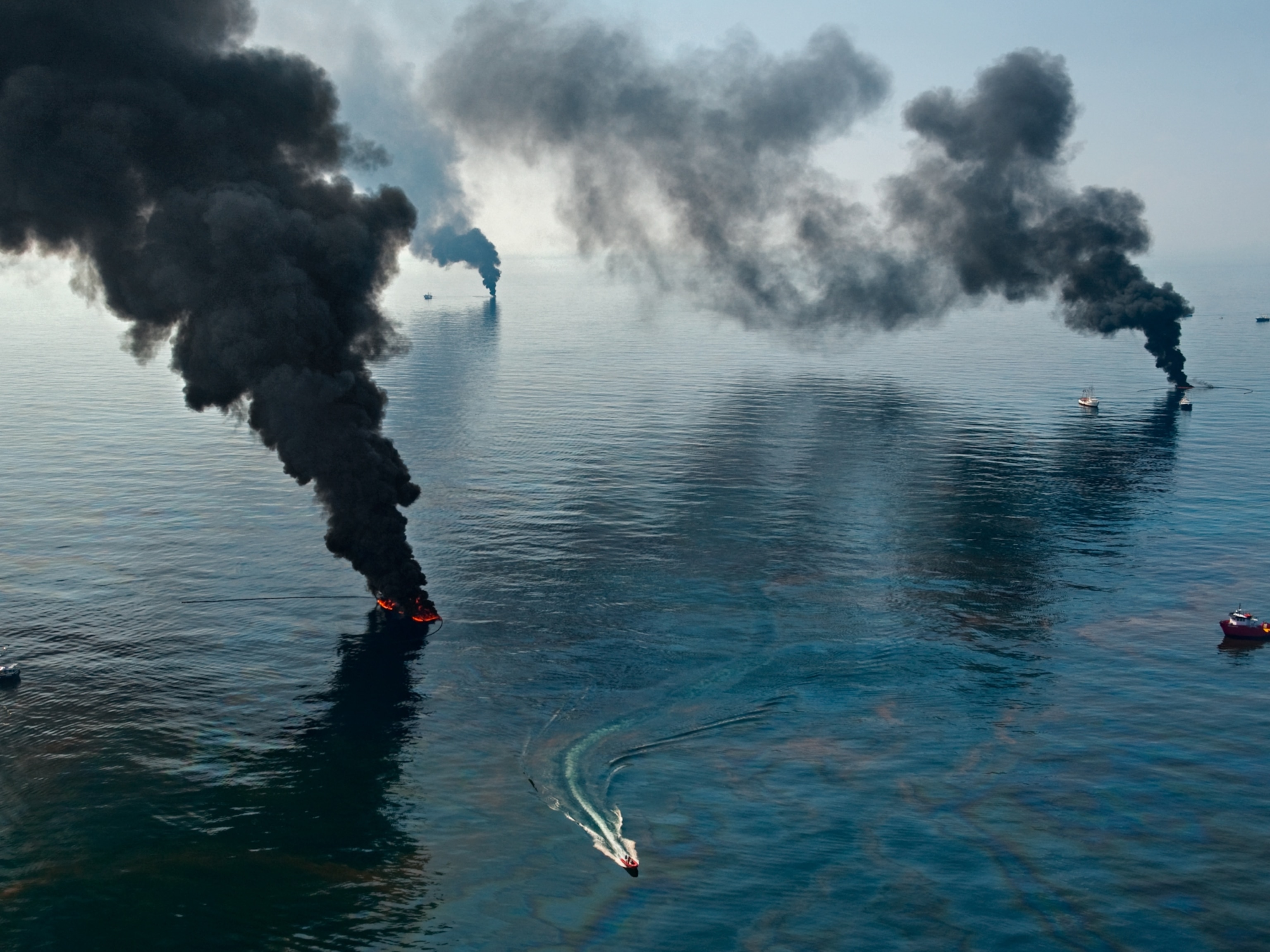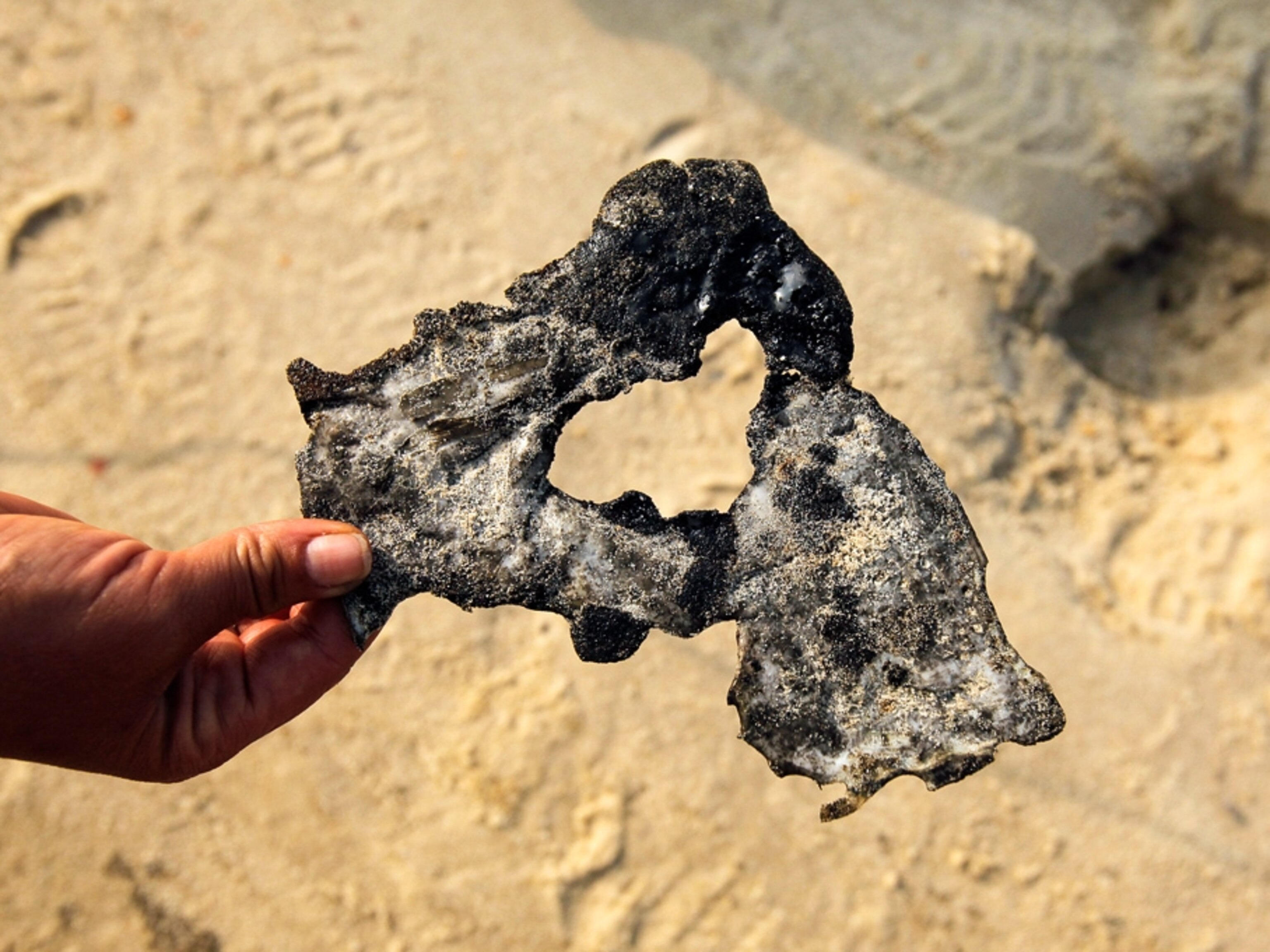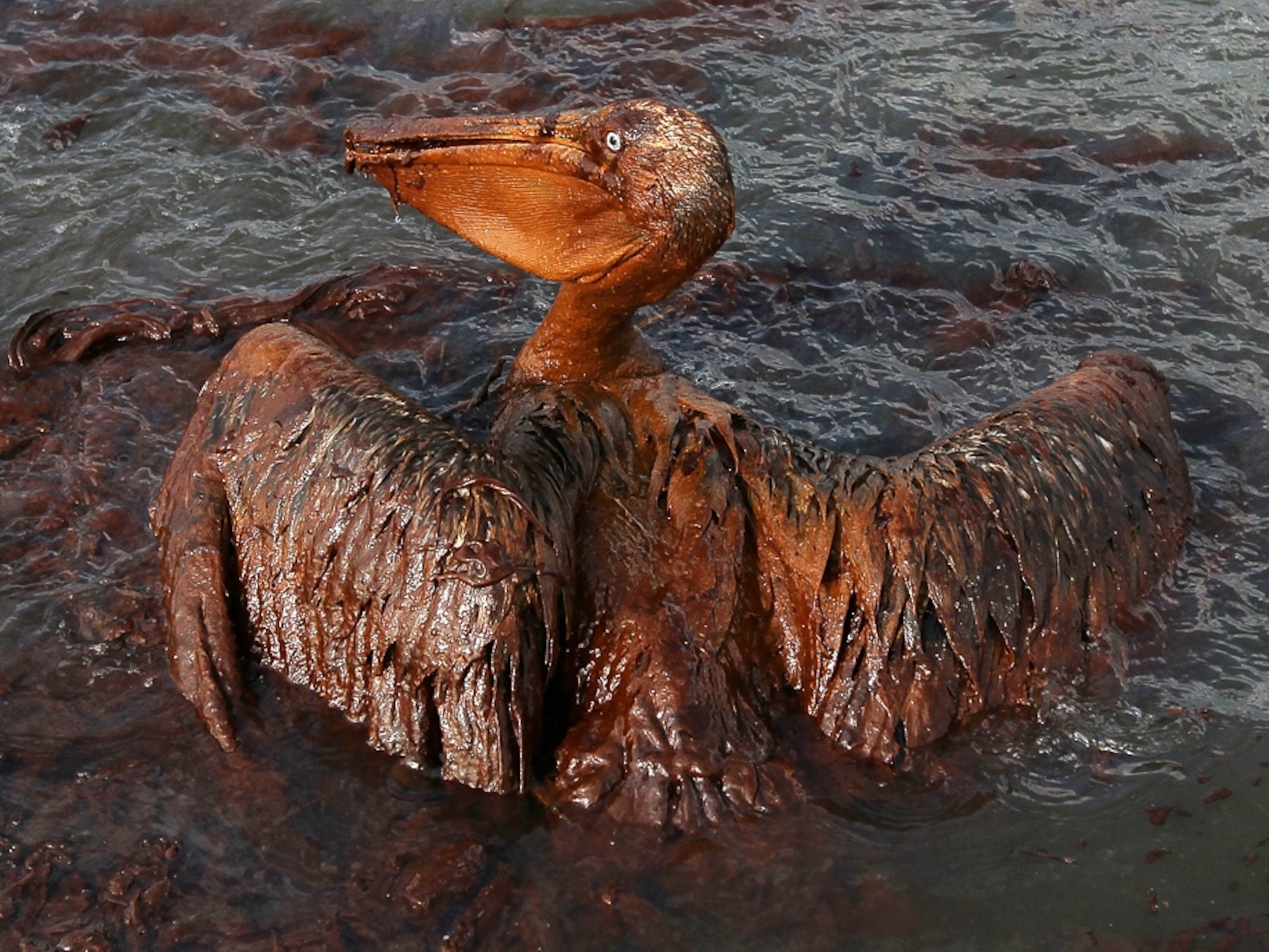Photograph by Chris Graythen, Getty Images
Gulf Oil Spill Pictures: Aerial Views Show Leak's Size
The spread of oil on the water's surface is a main clue being used to determine the size of the leak from the Gulf of Mexico rig disaster.
April 30, 2010

